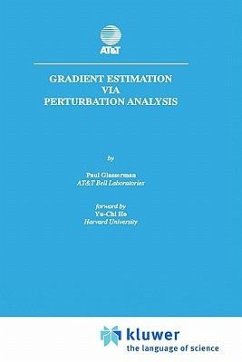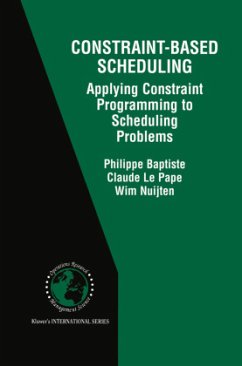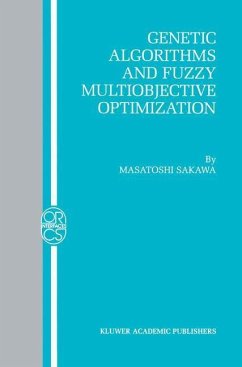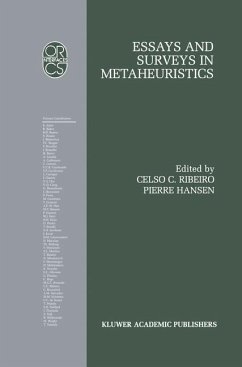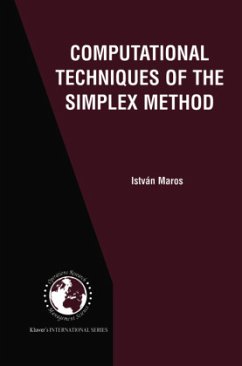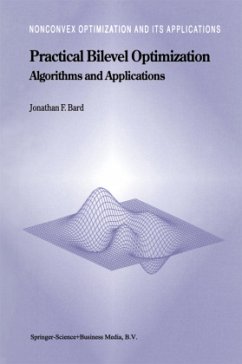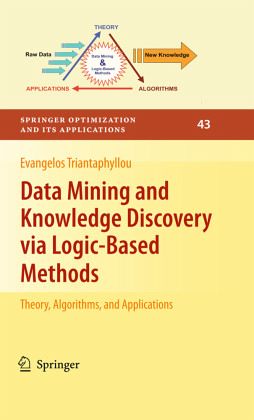
Data Mining and Knowledge Discovery via Logic-Based Methods
Theory, Algorithms, and Applications
Versandkostenfrei!
Versandfertig in 6-10 Tagen
112,99 €
inkl. MwSt.
Weitere Ausgaben:

PAYBACK Punkte
56 °P sammeln!
There are many approaches to data mining and knowledge discovery (DM&KD), including neural networks, closest neighbor methods, and various statistical methods. This monograph, however, focuses on the development and use of a novel approach, based on mathematical logic, that the author and his research associates have worked on over the last 20 years. The methods presented in the book deal with key DM&KD issues in an intuitive manner and in a natural sequence. Compared to other DM&KD methods, those based on mathematical logic offer a direct and often intuitive approach for extracting easily interpretable patterns from databases. The book discusses the theoretical foundations of the methods described, and it also presents a wide collection of examples, many of which come from real-life applications. Almost all theoretical developments are accompanied by extensive empirical analysis which often involved the solution of a very large number of simulated test problems.
The importance of having ef cient and effective methods for data mining and kn- ledge discovery (DM&KD), to which the present book is devoted, grows every day and numerous such methods have been developed in recent decades. There exists a great variety of different settings for the main problem studied by data mining and knowledge discovery, and it seems that a very popular one is formulated in terms of binary attributes. In this setting, states of nature of the application area under consideration are described by Boolean vectors de ned on some attributes. That is, by data points de ned in the Boolean space of the attributes. It is postulated that there exists a partition of this space into two classes, which should be inferred as patterns on the attributes when only several data points are known, the so-called positive and negative training examples. The main problem in DM&KD is de ned as nding rules for recognizing (cl- sifying) new data points of unknown class, i. e. , deciding which of them are positive and which are negative. In other words, to infer the binary value of one more attribute, called the goal or class attribute. To solve this problem, some methods have been suggested which construct a Boolean function separating the two given sets of positive and negative training data points.





